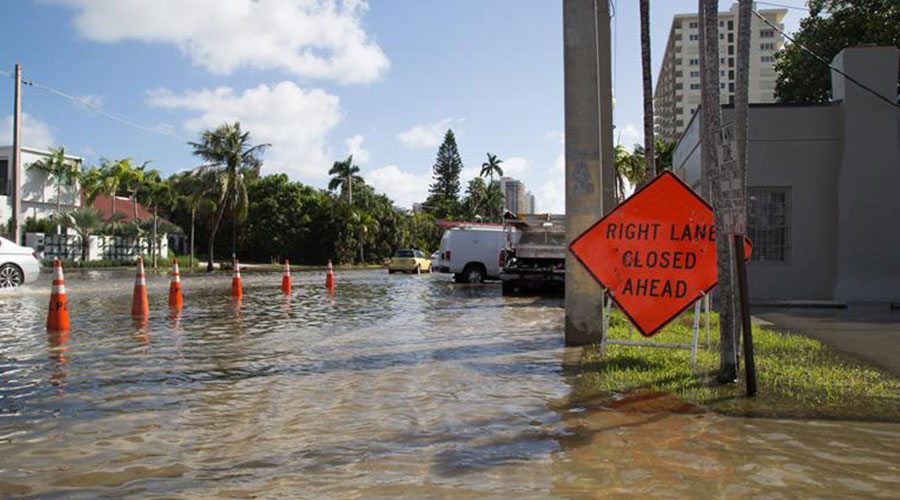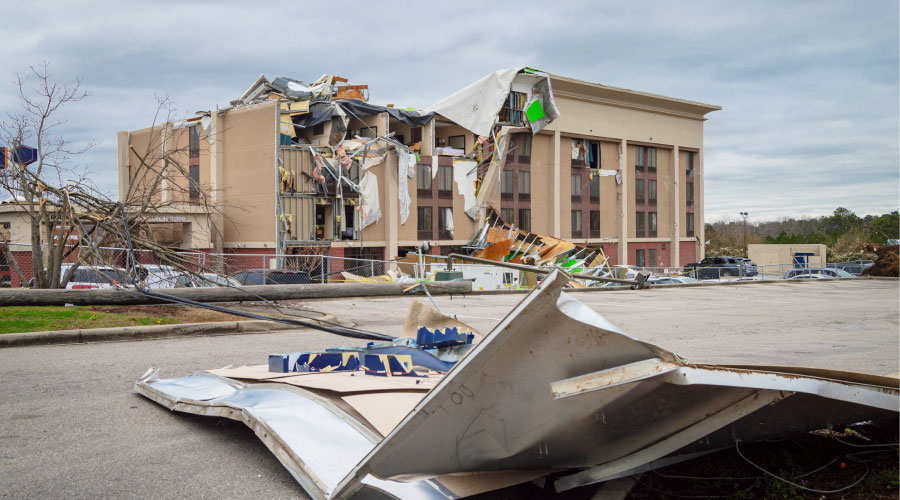Emergency Preparedness Plans Should Address Issues From IT To Staff
Hurricane Sandy did more than just physical damage. It also forced facility managers to acknowledge that when it comes to emergency preparedness plans and disaster recovery, there are far more scenarios that need to be taken into consideration these days. And it served as a reminder that emergency preparedness plans have to address issues from staff to IT.
Whether it's a hurricane in an area that "doesn't get hurricanes," a man-made disaster such as an act of terrorism, or one of the scenarios that has always been a part of the planning, such as fire, facility managers need to have a game plan for getting the business back up and running. To do so, they need to take a number of factors into consideration — personnel, technology, resources, dependent services, even location — as they try to head off all potential problems before they happen.
It's easy to lose sight of the big picture, says Bob Cassiliano, president and CEO, business information services, and chairman of the board, 7x24 Exchange. Too often, plans are developed in silos or they focus on infrastructure and overlook personnel. Or the communication is lacking, as is often the case when it comes to the IT department, the data center and their respective roles in restoring operations.
"When building recovery plans for each business unit, technology needs to be represented at the table," Cassiliano says. "If there's some kind of technical conflict that could cause a problem, if technology's at the table, they can ensure it's rectified before you actually have to execute the plan."
So, when it's time to develop or update a plan, there are certain things to keep in mind: Reach out to all departments, define what truly is critical and don't count on being able to use your local vendors. Once you've developed that plan, training becomes crucial, as well.
Preliminary Analysis
The first challenge is to determine what is critical and how soon each part of the operation needs to be back up and running. In a major disaster, the odds are that you won't be able to bring every part of the building back online immediately, so there needs to be a pecking order — for example, fire/life safety has to be at the top, while routine maintenance can be lower.
Start by identifying what's needed, who needs it, and when they need it by, says Jim Rosenbluth, managing director, crisis management, Cushman & Wakefield.
"We break each of the major service areas down into individual business or operational processes," he says. "We then identify, first of all, what are the full range of services or processes that that department is responsible for in a building.
"You then have to look at who the stakeholders are in terms of who likely is relying on each of those services. You have to go out and interview them, and determine from them what their requirements are for that particular service — how critical it is to them, how long they can function without that particular business process or function. "
In a multi-tenant facility, Rosenbluth says, you also have to balance what each tenant needs from the services provided by the building. In other words, the building's continuity plan has to give way to the tenant's continuity plan, because, after all, the tenant is paying to keep the building running.
"It's really to look at building operations themselves — how the building is being used, by whom — and looking at the services that are being provided to your tenants or tenant to decide which ones are really critical to maintain the operational capability of that piece of real estate," says Rosenbluth.
Related Topics:















